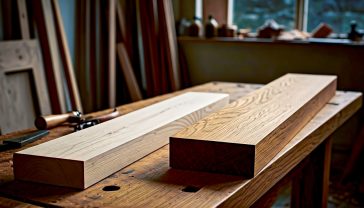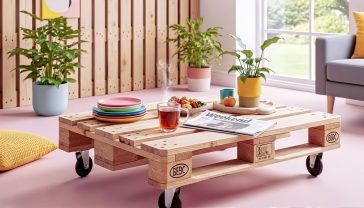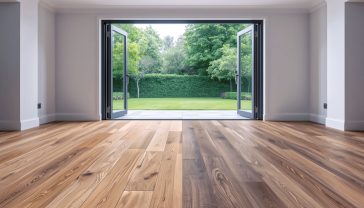Top Woodcraft Ideas for the DIY Enthusiast
Want to craft something amazing with wood? From simple coasters to stunning furniture, explore the best DIY woodcraft ideas for every skill level!
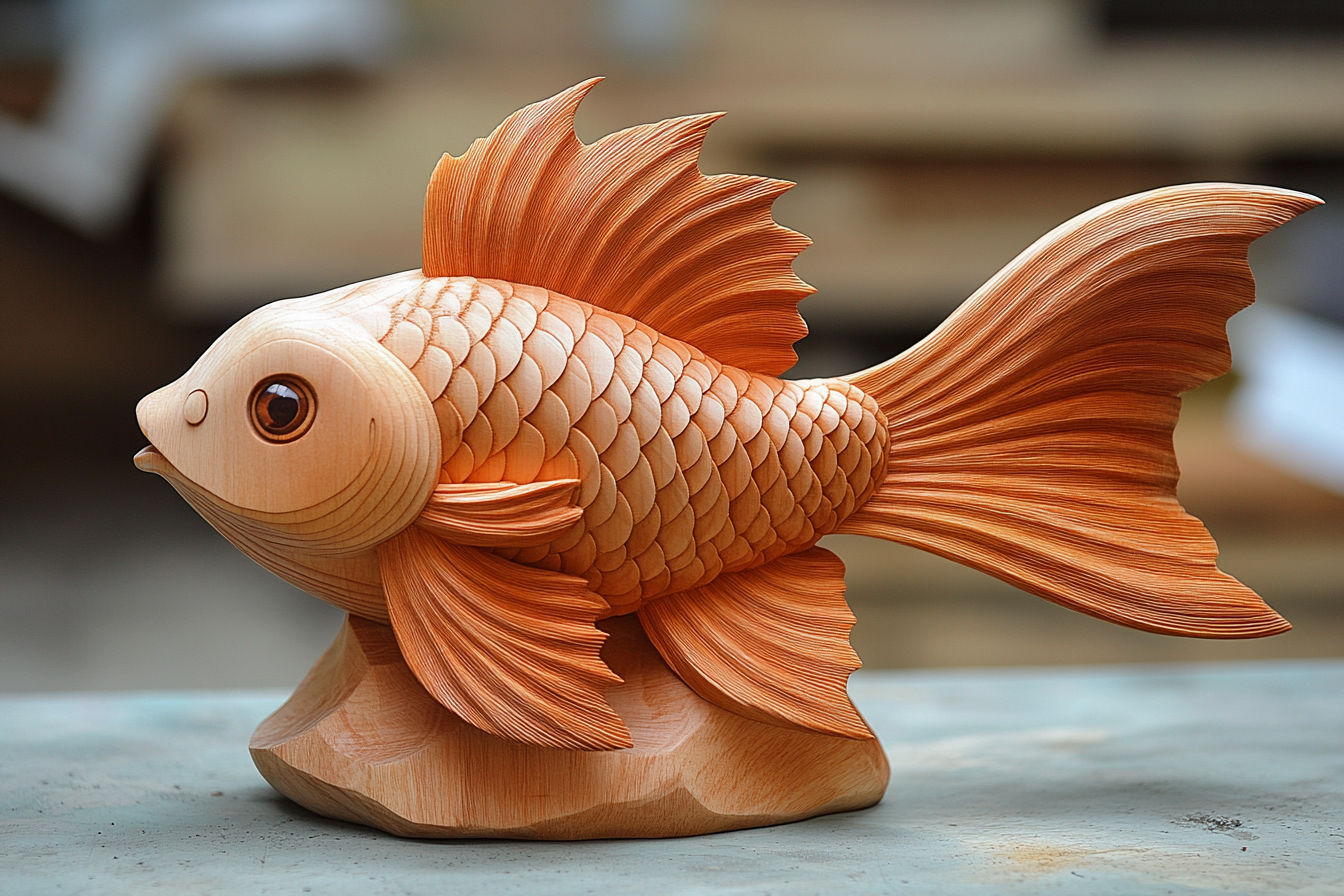
This post may contain affiliate links. If you make a purchase through these links, we may earn a commission at no additional cost to you.
Woodworking is one of the most satisfying and practical DIY hobbies. Whether you’re crafting for fun, making gifts, or even building furniture for your home, working with wood allows you to create something both beautiful and functional. The versatility of wood makes it an excellent material for a wide range of projects, from simple home decor to complex furniture pieces.
For beginners, woodcrafting can be a rewarding way to develop new skills while producing useful items. As you gain confidence, you can move on to more intricate designs and techniques. Whether you have a fully equipped workshop or just a few basic tools, there’s always a woodcraft project that fits your skill level and resources.
In this guide, we’ll explore some of the best woodcraft ideas for DIY enthusiasts, categorized by difficulty level. Plus, we’ll go over essential tools, materials, and tips to help you succeed in your woodworking journey. Let’s get started!
Beginner-Friendly Woodcraft Projects
If you’re just starting out with woodworking, it’s best to begin with simple projects that require minimal tools and techniques. These beginner-friendly woodcraft ideas are easy to build and will help you develop essential woodworking skills while creating functional and decorative pieces.
1. Simple Wooden Coasters
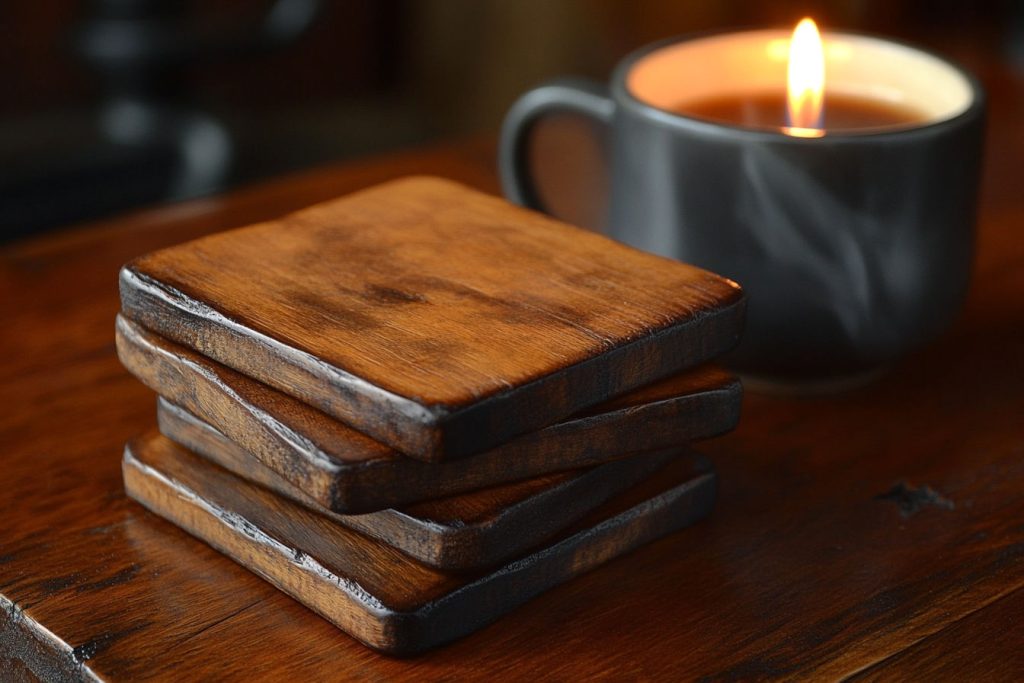
Coasters are a fantastic first project because they require just a few pieces of wood and basic cutting and sanding. You can make them from reclaimed wood, add decorative engravings, or even burn designs into them using a wood-burning tool. Sealing them with a protective finish ensures durability and water resistance.
Wooden Coaster Video Tutorials
- DIY Wooden Coasters | Ben Grimsley
- Coasters and Holder | K Spencer
- Don’t Make Boring Coasters… Try These | Newton Makes
- Monogrammed DIY Coasters | Megan Makes
Wooden Coaster Online Tutorials
- Natural Branch Coasters | Garden Therapy
- DIY Wood Coasters | Instructables
- 1 Hour Wood Coasters | Danner
2. Birdhouses
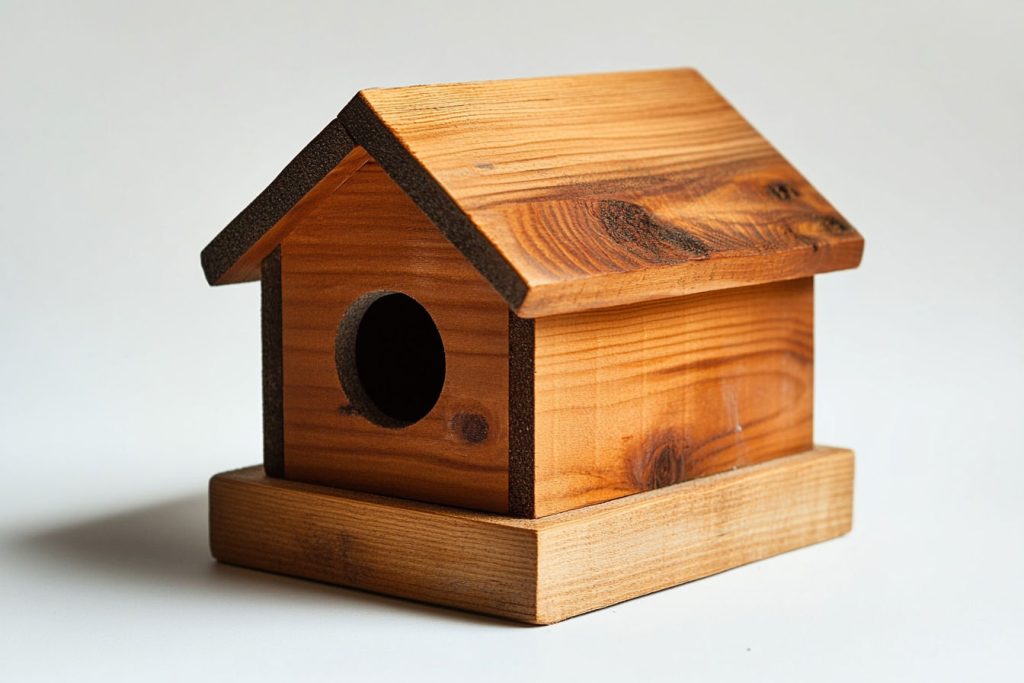
Building a birdhouse is a classic woodworking project that is both fun and rewarding. With just a few wooden boards, some nails, and wood glue, you can create a cosy shelter for backyard birds. You can customise it with paint or stain, and even add a perch for birds to land on.
Birdhouse Video Tutorials
- DK Builds | Easiest Birdhouse
- Home Depot | How To Build a Birdhouse
- Gardener Scott | Build a Birdhouse Birds Will Use
Birdhouse Online Tutorials
3. Floating Shelves
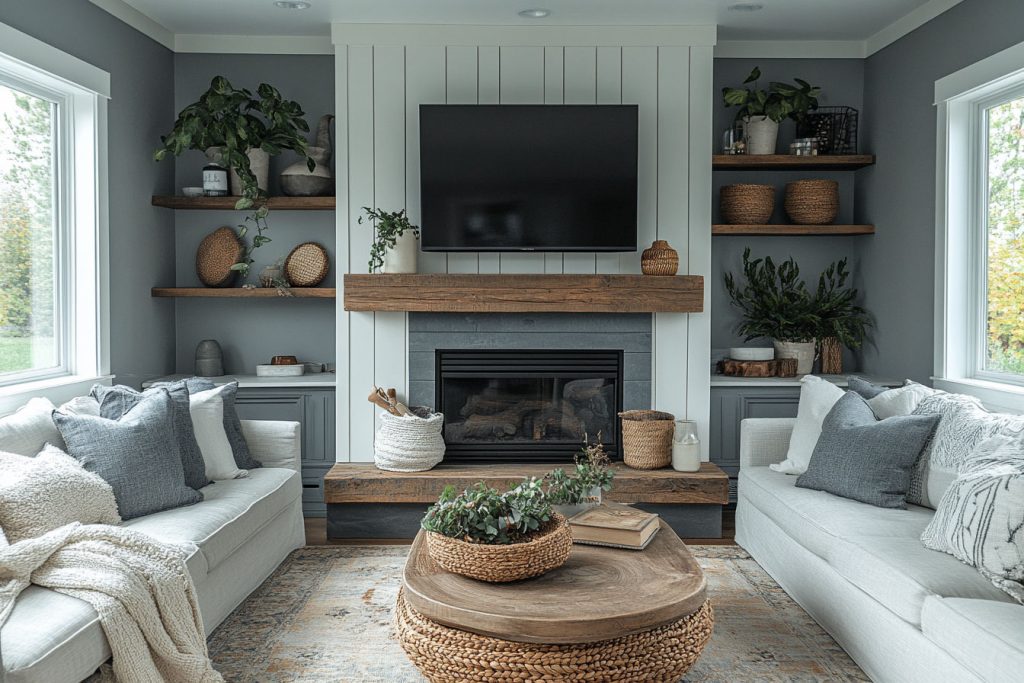
Floating shelves are an easy and stylish way to add storage to your home. They require simple measurements, cutting, and mounting. Using sturdy wood like pine or oak will ensure durability. You can stain or paint them to match your home decor.
Floating Shelves Video Tutorials
- Floating Shelves From Beginner to Expert | MWA Woodworks
- How To Build a Floating Shelf | Kustom Kabinetry
- 3 Ways To Build Floating Shelves | Mr Build It
Floating Shelves Online Tutorials
- DIY Floating Shelves | Yellow Brick Home
- Make Your Own Floating Shelves | Instructables
- How To Build Floating Shelves | This Old House
4. Wooden Planters
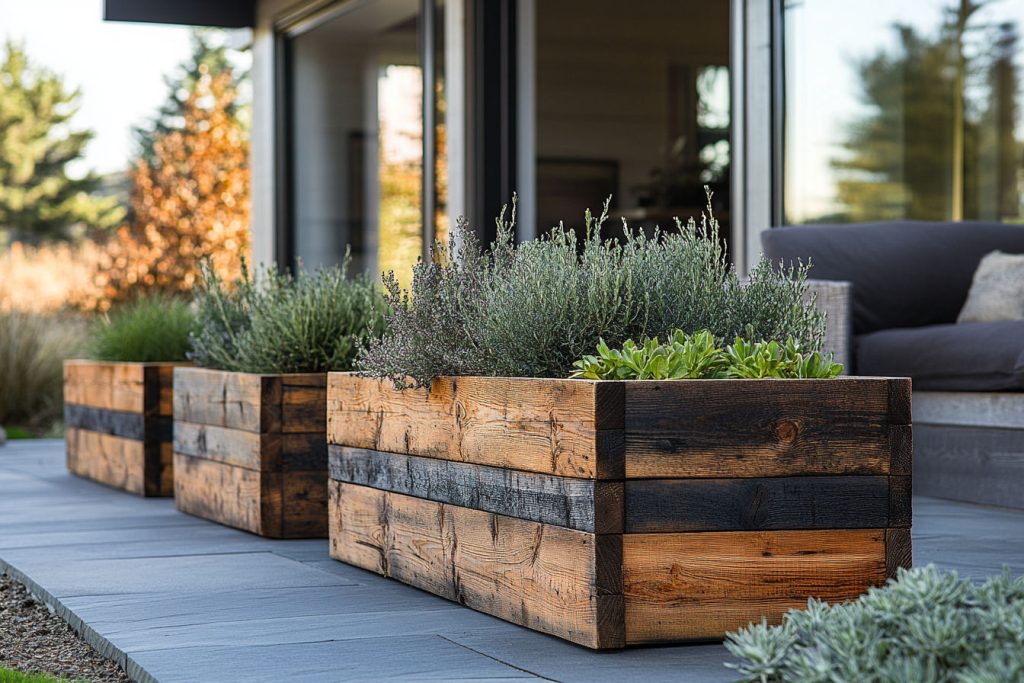
If you love gardening, building your own wooden planter is a perfect starter project. A basic rectangular planter box requires only a few wooden planks, screws, and a drill. You can design it to fit your patio, balcony, or indoor space and even add a weather-resistant finish for outdoor use.
Wooden Planter Video Tutorials
- 5 DIY Planters | Woodshop Junkies
- How To Build a DIY Planter with 2 Tools | DIY Mommy
- Build a Simple Wood Planter Box | My Everyday DIY
Wooden Planter Online Tutorials
- How To Make A Wooden Planter | Gardeners World
- How To Build a Wooden Planter Box | WikiHow
- Build a Wooden Planter | B&Q
5. Wooden Key Holders
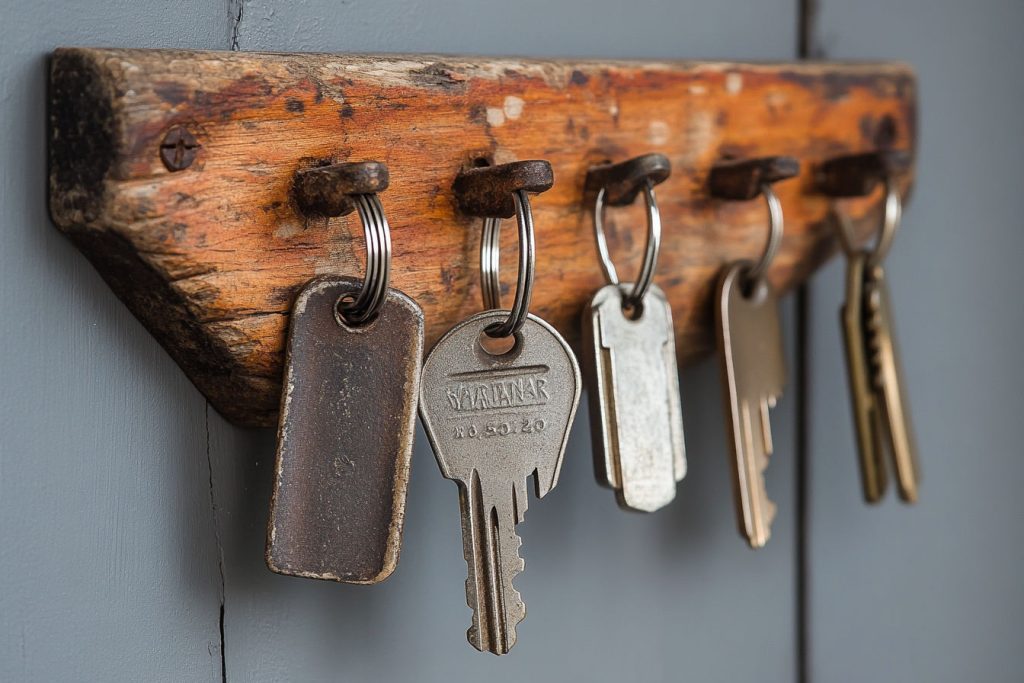
A small and simple wall-mounted key holder is a great way to keep your keys organised. You can personalize it with hooks, small shelves, or carved designs. It’s a quick project that can be completed in an afternoon.
Key Holder Video Tutorials
- Easy Steps DIY Key Holder | Sawinery
- Build a Key Rack | Will To Make
- Make a Key Holder | Bunnings Warehouse
Key Holder Online Tutorials
- DIY Wooden Key Hanger in Under 10 Mins | The Crafty Angels
- Simple Wooden Key Holder | Instructables
- DIY Wooden Slab Key Holder | The Crafted Life
These beginner woodcraft projects are a great way to build confidence and familiarity with woodworking tools. As you gain more experience, you can start tackling more advanced projects with greater complexity.
Intermediate Woodcraft Projects
Once you’ve mastered the basics, you can challenge yourself with projects that require more precision, assembly, and finishing techniques. These intermediate-level woodcraft ideas will help you refine your woodworking skills while creating beautiful and functional pieces for your home.
6. Wooden Wine Rack
A stylish wooden wine rack is a great project for intermediate DIYers. You’ll need to measure, cut, and assemble slots or shelves to hold bottles securely. Whether it’s a tabletop rack or a wall-mounted design, you can customise it to match your home decor.
7. Small Furniture (Stools, Side Tables)
Building a small wooden stool or side table is an excellent way to practice joinery and structural design. Using solid wood like oak or maple can make your piece sturdy and long-lasting. Adding decorative elements like carved legs or a stained finish can give it a unique touch.
8. Picture Frames
Handcrafted wooden picture frames allow you to experiment with different wood types, finishes, and decorative details. Mitred corners, inlays, and carved patterns can enhance the design. A custom frame also makes a thoughtful handmade gift.
9. Jewellery Boxes
A wooden jewellery box is both a functional and artistic project. This requires precise measurements, smooth sanding, and careful assembly. You can add dividers inside for organization and use a decorative hinge or latch for an elegant finish.
10. Wooden Serving Tray
A handcrafted serving tray is a great project to practice working with handles, edges, and finishes. Using hardwood and adding a protective coating will ensure durability. You can also experiment with resin inlays or decorative engraving to make it unique.
These projects introduce more complex techniques like joinery, shaping, and finishing while allowing you to create practical, beautiful pieces. As you become more confident, you’ll be ready to take on even bigger woodworking challenges.
Advanced Woodcraft Projects
For those who have mastered the basics and are ready to take on more intricate and challenging projects, these advanced woodcraft ideas require precision, patience, and a higher level of craftsmanship. These pieces often involve complex joinery, detailed carving, and finishing techniques that result in stunning, long-lasting furniture and decor.
11. Custom Cabinets
Building your own cabinets allows you to design storage solutions that fit perfectly in your space. This project involves precise measuring, advanced joinery (such as dovetail or mortise and tenon joints), and finishing techniques. Whether for a kitchen, workshop, or bathroom, custom cabinetry adds a professional touch to your home.
12. Wooden Headboards
A handcrafted wooden headboard can completely transform a bedroom. You can create a simple rustic design with reclaimed wood or go for an intricate carved pattern for a more elegant look. Adding features like built-in lighting or shelving makes the project even more functional.
13. Adirondack Chairs
An Adirondack chair is a classic woodworking project that requires careful cutting, shaping, and assembling. The unique slanted back, and wide armrests make it a comfortable outdoor seating option. Using weather-resistant wood like cedar or teak will ensure durability.
14. Intricate Wood Carvings
For those who enjoy detailed work, creating intricate wood carvings—such as decorative wall art, relief sculptures, or ornate furniture accents—can be a deeply rewarding project. Carving requires specialized tools like chisels and gouges, as well as patience to master the craft.
15. Wooden Dining Table
Crafting a solid wood dining table is a challenging but incredibly rewarding project. It involves careful joinery, smoothing large surfaces, and applying protective finishes. You can incorporate live-edge designs, resin inlays, or custom leg designs to make it truly unique.
These advanced woodcraft projects allow you to showcase your woodworking expertise while creating timeless, high-quality furniture and decor. They require more tools, materials, and skill, but the results are worth the effort.
Essential Tools & Materials for Woodcrafting
Whether you’re a beginner or an experienced woodworker, having the right tools and materials is essential for a successful project. While some tools are necessities, others become more useful as you take on complex woodworking tasks. Here’s a breakdown of must-have tools and materials to help you get started or upgrade your workshop.
Must-Have Woodworking Tools
Basic Tools for Beginners:
- Measuring Tape & Ruler – Accurate measurements are key to any woodworking project.
- Hand Saw – Ideal for making quick cuts in wood without power tools.
- Hammer & Nails – Essential for assembling wooden pieces.
- Clamps – Hold pieces securely in place while cutting, gluing, or assembling.
- Screwdrivers & Drill – Useful for assembling furniture and securing joints.
- Sandpaper (Various Grits) – Smooths out surfaces and edges for a polished look.
Intermediate & Advanced Tools:
- Circular Saw or Table Saw – Speeds up cutting and allows for more precise straight cuts.
- Jigsaw – Perfect for making curved or intricate cuts.
- Router – Used for decorative edges, grooves, and joints.
- Chisels & Mallet – Useful for fine detailing and joinery.
- Wood Lathe – Allows you to create round or intricate shapes, like table legs.
- Orbital Sander – Makes sanding faster and more even.
Choosing the Right Wood
Different wood types offer various characteristics in terms of durability, ease of work, and aesthetics. Here are some common options:
Softwoods (Easier to Work With, Budget-Friendly):
- Pine – Lightweight, affordable, and easy to cut, making it great for beginner projects.
- Cedar – Naturally resistant to moisture and rot, ideal for outdoor projects like planters.
Hardwoods (Durable, Premium Look):
- Oak – Strong and long-lasting, often used for furniture and flooring.
- Maple – Smooth grain and durable, commonly used for cabinetry.
- Walnut – Rich colour and grain pattern, ideal for high-end furniture pieces.
Additional Materials & Accessories
- Wood Glue – Essential for strong, lasting joints.
- Stain & Varnish – Enhances the wood’s appearance and provides protection.
- Wood Filler – Useful for fixing cracks, holes, or imperfections.
- Safety Gear – Always wear safety glasses, a dust mask, and gloves when working with wood.
Having the right tools and materials makes woodworking more efficient, enjoyable, and safe. Investing in quality equipment will help you produce high-quality projects and improve your craftsmanship over time.
Tips for a Successful DIY Woodcraft Project
Woodworking is a rewarding hobby, but to achieve high-quality results, you need the correct approach. From safety precautions to finishing techniques, these expert tips will help ensure your woodcraft projects turn out beautifully and last for years.
Prioritise Safety
- Always wear safety goggles, gloves, and a dust mask when cutting, sanding, or working with chemicals.
- Keep your work area clean and organised to avoid accidents.
- Use clamps instead of hands to hold wood in place while cutting or drilling.
- When using power tools, read the manual carefully and follow proper handling techniques.
- Work in a well-ventilated area, especially when using stains, varnishes, or adhesives.
Take Accurate Measurements
- Measure twice, cut once – a simple rule that prevents wasted materials.
- Use a square ruler to ensure perfect 90-degree angles for frames, shelves, and furniture.
- Mark cuts clearly using a pencil or chalk before making any cuts.
Use the Right Cutting Techniques
- For straight cuts, use a circular saw or table saw for better accuracy.
- If making curves or intricate shapes, a jigsaw or bandsaw works best.
- Avoid forcing the saw—let the blade do the work to prevent splintering.
Perfect Your Sanding & Finishing
- Always sand in the direction of the grain to avoid scratches.
- Start with coarse-grit sandpaper (80-100 grit) and gradually move to finer grit (220+) for a smooth finish.
- Use a tack cloth or damp rag to remove dust before staining or painting.
- Apply thin, even coats of stain or varnish, letting each layer dry before adding another.
Choose the Right Joinery Method
Different projects require different types of joints for durability and stability:
- Butt joints – Simple but requires nails or screws for strength.
- Dovetail joints – Strong and decorative, perfect for drawers and cabinets.
- Mortise and tenon joints – Great for furniture, offering strength without visible fasteners.
- Pocket hole joinery – Easy and efficient, ideal for quick DIY builds.
Source High-Quality Wood at Affordable Prices
- Visit local timber merchants instead of big-box stores for better wood selection and pricing.
- Consider using reclaimed wood for a rustic look and budget-friendly option.
- Check online marketplaces or construction sites for leftover materials that can be repurposed.
By following these tips, you’ll improve the quality of your DIY woodcraft projects while making the process smoother and more enjoyable. Whether you’re a beginner or a seasoned woodworker, a little planning and attention to detail go a long way!
Woodcrafting is a fulfilling and creative hobby that allows you to build beautiful, functional pieces with your own hands. Whether you’re just starting out with simple projects like wooden coasters and birdhouses or taking on more advanced creations like custom cabinets and intricate carvings, there’s always something new to learn and explore in woodworking.
Equipping yourself with the right tools, choosing quality materials, and following best practices will ensure your DIY projects are successful. Plus, the satisfaction of seeing your finished work—whether it’s a decorative piece, a functional item for your home, or a handmade gift—is truly rewarding.
So grab your tools, pick a project, and start crafting! With patience and practice, you’ll continue to refine your skills and create impressive woodcraft projects that showcase your craftsmanship and creativity. Happy woodworking!



